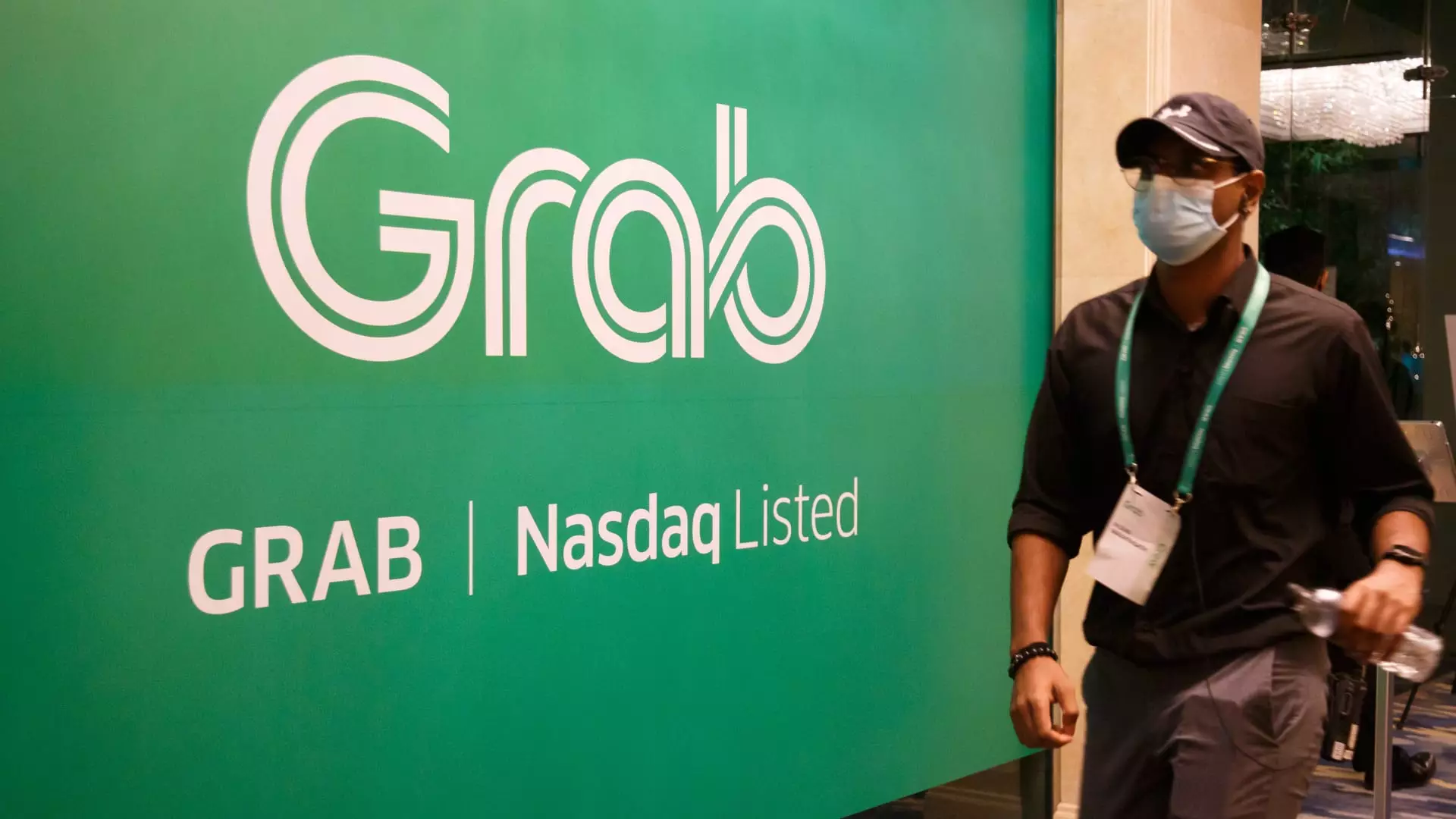Grab, the Southeast Asian ride-hailing giant, has made an impressive turnaround by posting its first-ever profitable quarter, achieving a profit of $11 million. This is a significant improvement from the $391 million loss recorded in the same period a year ago. The company attributes this boost in profitability to various factors, including the improvement in Group adjusted EBITDA, fair value changes in investments, and lowered share-based compensation expenses. Additionally, Grab’s revenue for the quarter exceeded analysts’ estimates, reaching $653 million.
In addition to its core ride-hailing services, Grab has diversified its offerings to include financial services such as payments and insurance, as well as deliveries for food, groceries, and packages. The company’s CFO, Peter Oey, highlighted that Grab has seen a strong demand in the mobility space, with mobility levels surpassing pre-Covid levels. Moreover, Grab’s deliveries business has shown remarkable year-over-year growth of 13%, indicating a positive trajectory for the company’s expansion.
Grab’s decision to repurchase up to $500 million worth of class A ordinary shares signifies a shift towards profitability and a departure from its previous years of unprofitability. Like many tech startups, Grab initially prioritized growth over profitability, leading to significant losses since its inception in 2012. However, with the changing global landscape and the need to focus on sustainability, Grab has made a strategic decision to prioritize profitability and streamline its cost structure.
One of the key measures taken by Grab to enhance profitability is the reduction of total incentives, including partner and consumer incentives, to 7.3% of the total value of goods sold in the fourth quarter. This significant reduction from the previous year demonstrates Grab’s commitment to improving the health of its marketplace and ensuring long-term sustainability. While incentives have been instrumental in attracting drivers and passengers to the platform, Grab aims to strike a balance between incentivizing users and driving profitability.
Looking ahead, Grab has provided revenue estimates for 2024 ranging between $2.70 billion and $2.75 billion, slightly lower than analysts’ expectations. Despite the positive momentum in profitability, Grab’s shares closed lower on Thursday, reflecting market uncertainties and investor sentiment. The company’s share price has also experienced a significant decline since its listing on the Nasdaq, signaling the challenges and volatility associated with the tech industry.
Grab’s journey from massive losses to profitability is a testament to its resilience, adaptability, and strategic decision-making. By diversifying its services, focusing on profitability, and redefining its incentives structure, Grab has positioned itself for sustainable growth in the competitive ride-hailing market. While challenges remain in the ever-evolving tech landscape, Grab’s success story serves as an inspiration for tech startups looking to achieve long-term profitability and sustainability.


Leave a Reply